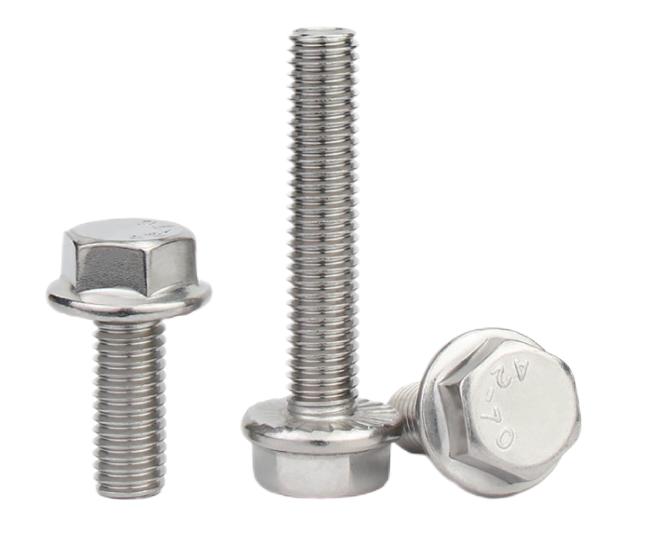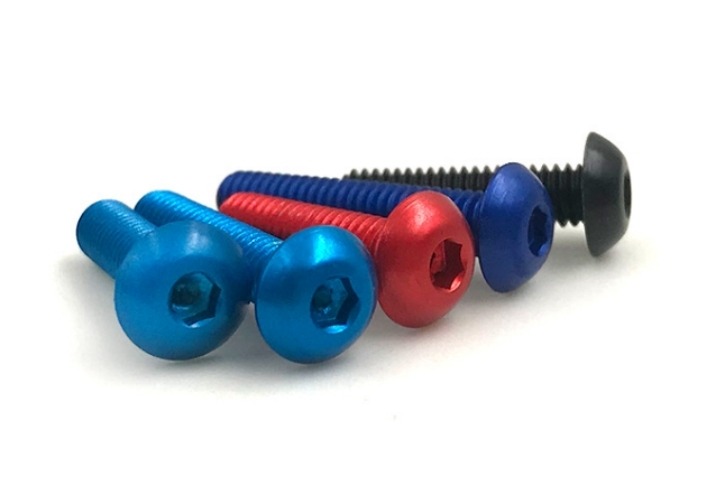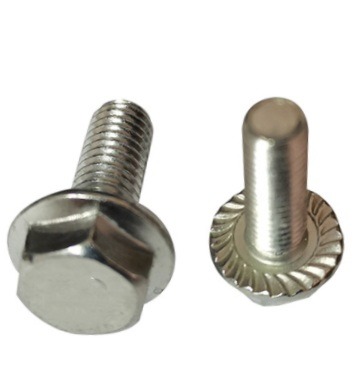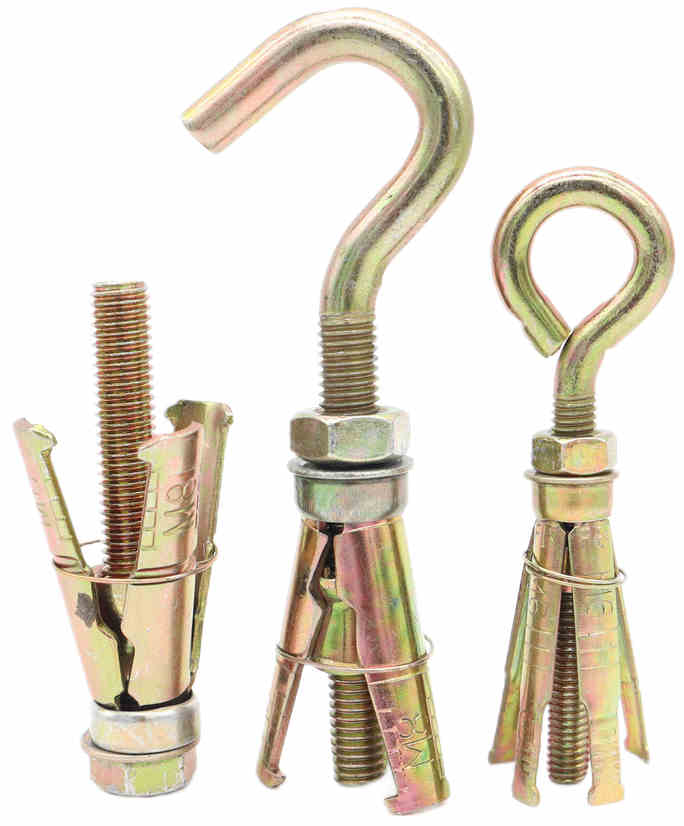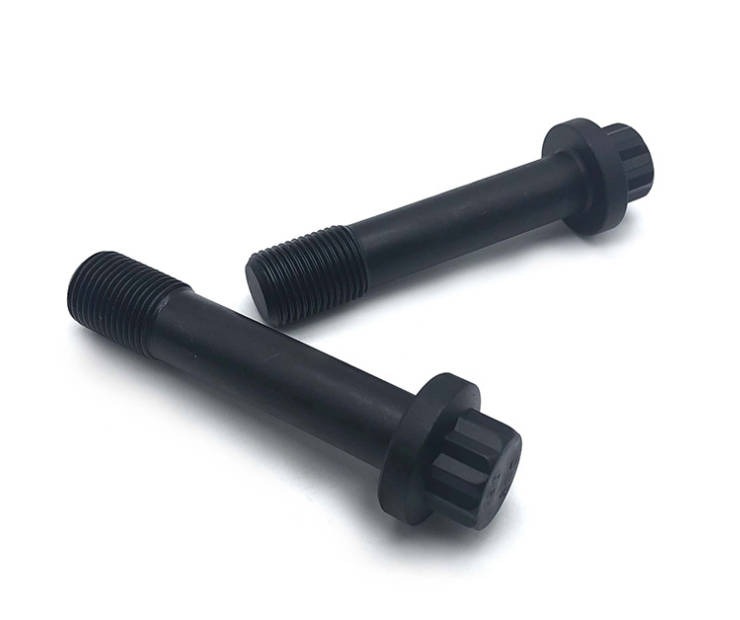How to Select Bolts For Vehicle Assembly?
The quality of bolts has a significant impact on the safety and reliability of the vehicle assembly. So how to select the bolts for vehicle assembly?
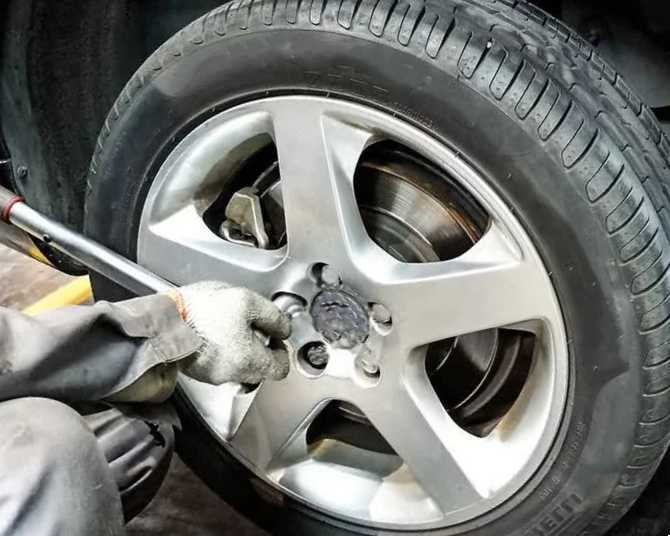
What are the principles for selecting bolts?
1.The principle of priority
The priority level of bolt selection is divided into four levels. When the design requirements are met, the standard parts currently in production and in use are preferred.
2.Generalization principle
In the early design process, the development and use of new types of bolts are reduced. When newly developing bolts, it is not recommended the bolts that are not commonly used should not be selected. Especially in the chassis section, such as rear axle sub-assembly, front component sub-assembly, brake hard pipe arrangement and other material assembly, the variety and specification of bolts should be minimized to improve the assembly efficiency of the operators and reduce the operation error rate.
3. Principle of reliability
For the selected bolts, ensure that there will be no abnormal conditions under normal working conditions, especially in key parts such as the braking system, suspension system, and steering system.
a. Loosening
There is no loose when the bolt ad nut is reversed and the torque decay fails
When the bolts and nuts have loosening when they are reversed.
b. hydrogen embrittlement
During the production process of fasteners, the surface absorbs H atoms. When the fastener is tightened, the hydrogen is transferred towards the stress concentration part, causing the pressure to increase beyond the strength of the base metal and produce micro-surface cracks. The hydrogen is particularly, penetrating quickly into newly formed cracks until the fastener breaks.
c. fatigue
d. Torque is too large
4.Principles of application and conservation
Make full use of the performance of standard parts, and reasonably select the size, performance and other indicators of standard parts under the premise of satisfying design functions and product quality.
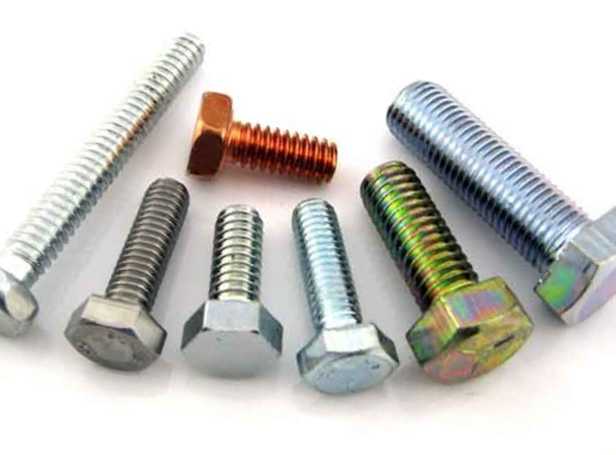
Selection of Bolt Head Structure
- For bolts of M10 and above
- hexagonal flange surface with flat washer
- hexagonal flange surface
- hexagonal head with flat washer
- Do not use spring washer
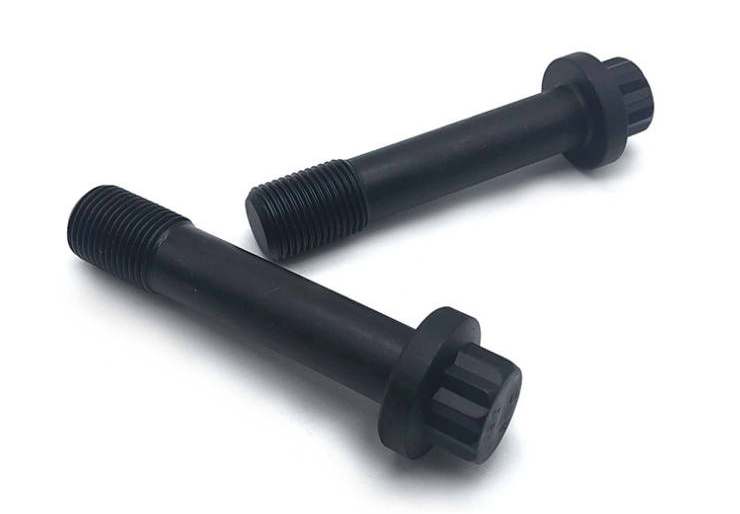
2. For bolts of M6-M8
- hexagonal head with flat washer and spring washer
- hexagonal flange surface
- hexagonal head with flat washer
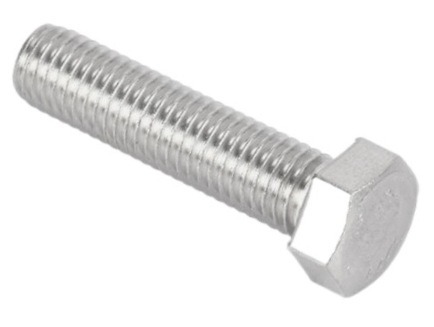
How to Select the Surface Treatment of Bolts?
1.Oiling for rust prevention
Oiling is an effective way to prevent bolts from rusting, suitable for welding bolts, nuts and screws.
2. Electroplating
It is suitable for welding studs, screws, bolts with a performance grade of not greater than 8.8 and nuts with grade 8, cap nuts, and wheel nuts.
3. Dacromet
It is suitable for bolts with a performance level greater than 8.8 and nuts with a performance level of 8. Among them, the zinc-aluminum-chromium coating is used for non-passenger vehicles, and the zinc-aluminum coating is applicable for environmental protection and passenger vehicles.
How to Select the Anti-loosening Methods for Threaded Connections of Bolt?
The fundamental way to prevent threaded connections from loosening is to prevent the relative rotation of the screw head. According to this principle, it can be divided into friction anti-loosening, mechanical anti-loosening, riveting and punching anti-loosening and so on.
- Riveting and anti-loosening
Methods of riveting, welding, etc.
2. Friction anti-loosening
Including double nuts, spring washers, lock nuts, toothed lock washers, etc.;
3. Mechanical anti-loosening
Including cotter pin and slotted nut, lock washer, tandem wire, etc.
4. Anti-loosening of thread adhesive
It should apply epoxy resin, anaerobic adhesive and other adhesives on the surface of the thread, mainly to increase the loosening torque.
5. Anti-drop screw
It is generally used for door locks.
Summary
The selection of bolt is very important. This article provides a simple reference about how to choose bolts for vehicle assembly in the automotive industry. At present, the requirements of bolt manufacturing technology are constantly improving and the trend of bolt development in the future must be towards the high-strength bolts.

